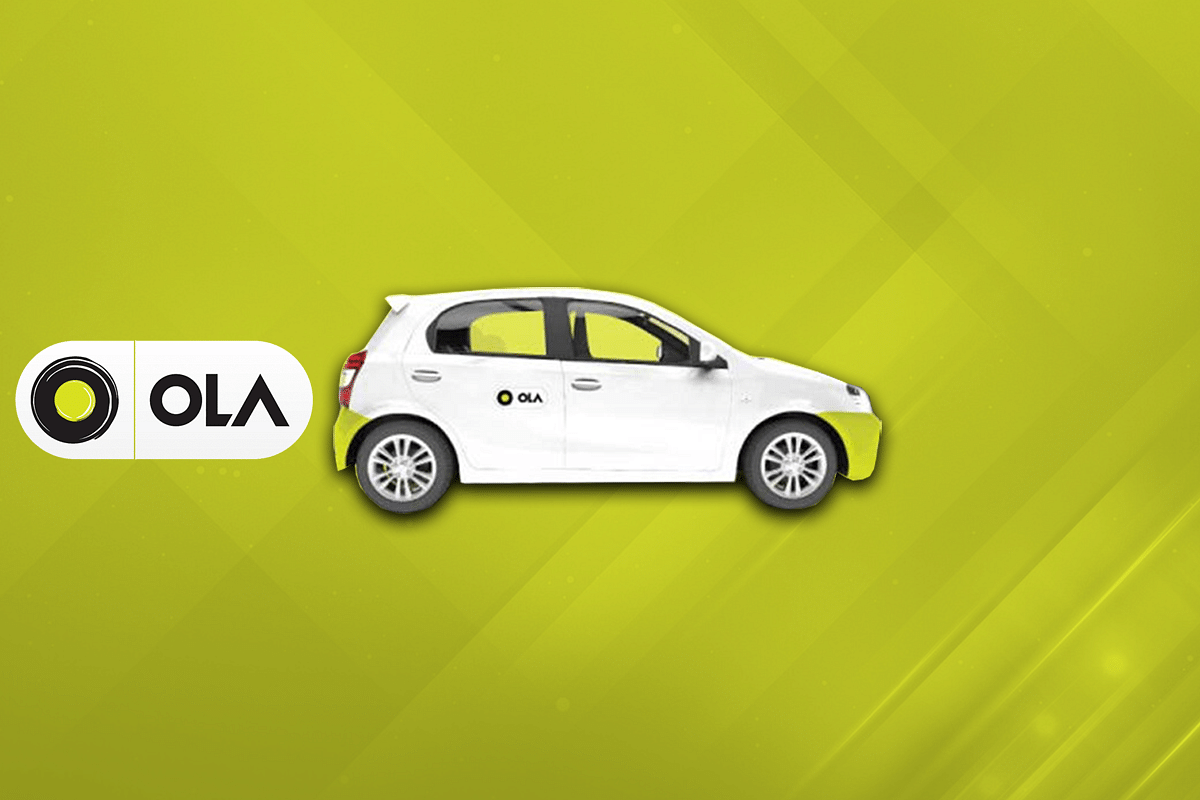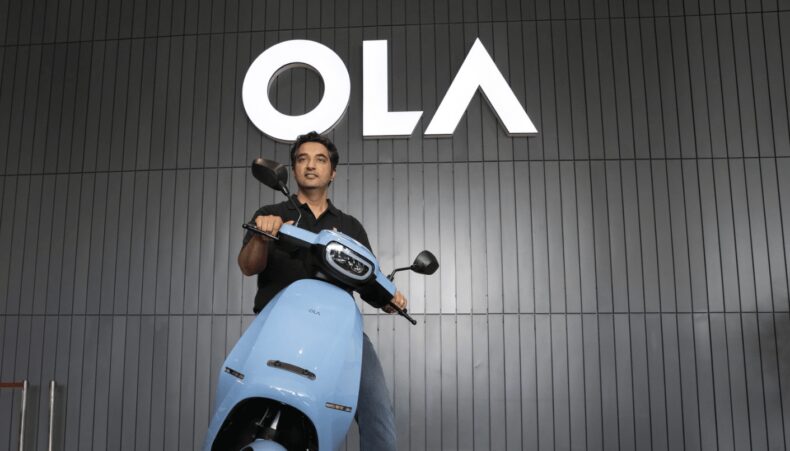Bhavish Aggarwal, CEO of Ola Cabs, stated during the firm’s recent launch event that the company is not there to develop a “me too” company, and the company is not there to have a nice and easy time. Aggarwal also responded to claims that Ola had a “hostile” workplace environment by saying that they are a very ambitious firm. The 37-year-old continued that Ola has a culture of high quality and great execution.

According to Aggarwal, Ola is for those who wish to contribute to the nation’s electric vehicle revolution and leave a lasting legacy. He continued that the impact the company is producing is the yardstick at which the company would like to be measured.
In response to claims that the workplace at Ola is poisonous, Bhavish Aggarwal, founder, and CEO of Ola Group, claimed that the company is a place for employees who are genuinely driven and aspiring. He also said that Ola is a “hardworking” company and a place for “ambitious” employees.
“We are a very diligent business with a purpose. We are not here to enjoy ourselves, ” Bhavish made this statement at a press conference to herald the arrival of the mass-market electric scooter from Ola Electric.
Media sources claim that Ola Electric employees have described the workplace environment as “hostile” in their comments. The allegations also included certain workers who claimed that the company had a retention issue and that some executives had chosen not to work for Ola Electric days after publicly receiving job offers.
Ola Cabs is an Indian multinational ride-hailing company headquartered in Bangalore. It also has a presence in other industries, such as cloud kitchens and financial services. Bhavish Aggarwal and Ankit Bhati established Ola Cab on December 3, 2010, 11 years ago.
After a bad taxi ride, Aggarwal had the idea for a cab company, and in 2010, he and Ankit Bhati started Ola Cabs. Ola Cabs has established itself as the most popular choice for many consumers in 22 Indian cities and has evolved to be India’s largest network of personal transportation services.
Several venture capitalists, including Softbank, own significant stakes in the company. Ola was launched in its first international market, Australia, in January 2018 and in New Zealand in September 2018. Ola began operations in the United Kingdom in March 2019.
When asked about his management style, the CEO joked that not everyone is suited to the company’s culture, adding that there is no international norm for an equal, sterile work atmosphere.
Employees who were dissatisfied with the company told Bloomberg that retention was a problem and that several executives decided not to join Ola Electric even after publicly accepting job offers. A former business head who is no longer with the company told the website that the demands were equivalent to needing to run a marathon like Usain Bolt, the world’s finest athlete.
Employees recalled an occasion in which Bhavish Aggarwal ordered a custodial manager to run three laps around the large electric two-wheeler plant, although the locked entryway was closed.
Meanwhile, other netizens, including former NASSCOM Director of Product Management Saurabh Saha and visiting professor of strategy at IIM-Sambalpur Dr. Nilesh Khare, resorted to social media to criticize Ola’s work culture.
Saha said on LinkedIn that if this is true, Ola may be one of the most poisonous workplaces. It would take a decade or two for Indian startups to understand what “culture” means. Until then, employees would be subjected to such atrocities. Saha also added that he doesn’t believe Indians comprehend the value of workplace respect. Recently, it’s become a breeding ground for impolite behavior.
The company unveiled its new S1 Air electric scooter on Saturday, with an introductory price of Rs 79,999. By next year, the company plans to expand into electric motorcycles.
Aggarwal stated that the company has sold over a lakh unit since its debut in the electric two-wheeler industry last August. The future plant is already generating more than 1,000 vehicles every day. At the moment, the company intends to expand. The company plans to exhaust its present installed capacity in the next 6–8 months while simultaneously boosting capacity in future production.













